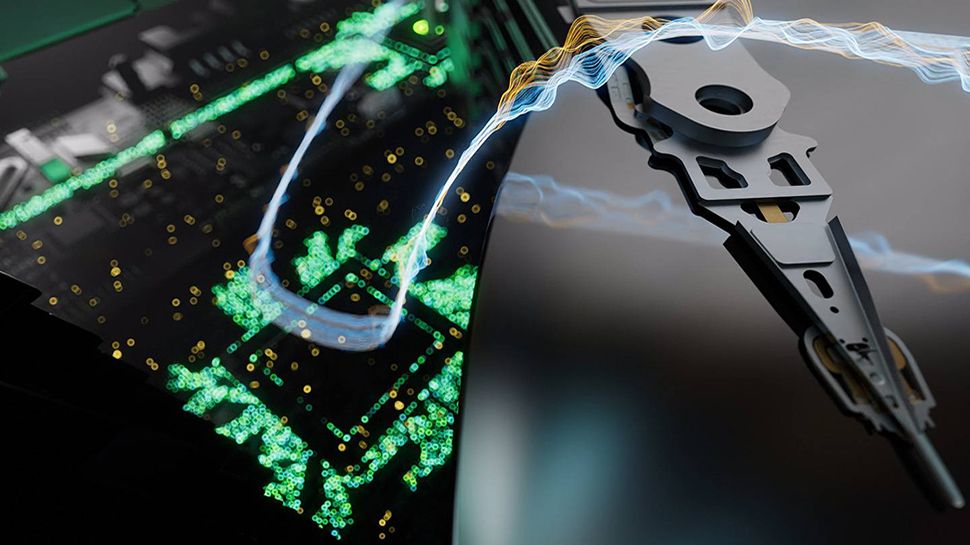
Seagate recently announced the results of an experimental test that showed one of its hard drives could run continuously for over 6,000 hours.
By leveraging advanced hard-drive recording (HAMR) technology, the world’s biggest hard disk vendor claims it was able to transfer a whopping 3.2PB of data in that period, proving the durability and efficiency of its flagship drives.
Key findings from the durability test indicate that Seagate hard drives could have an operational lifespan of more than seven years, defying previous industry assumptions of hard drive longevity.
Doubts surrounding HAMR
The experiment involved running one of Seagate’s new HAMR-equipped drives called Mozaic 3+. HAMR, or heat-assisted magnetic recording, is a revolutionary method of storing data on a magnetic medium using lasers to heat the media during the recording process. It records precisely in ways traditional methods can’t match, achieving large areal densities of 3TB per disk.
Seagate’s data suggests that its advanced HAMR technology can far outlast the current user expectation of four to five years for a typical hard drive lifecycle. “The rated mean time between failure (MBTF) for Seagate Mozaic 3+ hard drives is 2.5 million hours, which is also the current rate for Seagate Exos enterprise hard drives,” the company adds.
There’s been some skepticism around HAMR, with questions regarding its readiness, quality, reliability and compatibility, but Seagate says its tests show this negativity is unfounded.
Combined with the company’s existing hard drive technology, Seagate believes its Mozaic 3+ drives can break data capacity barriers – it’s eyeing 50TB – while using identical material resources and maintaining a ’10 platters and 20 heads’ approach.
More from TechRadar Pro
Services Marketplace – Listings, Bookings & Reviews